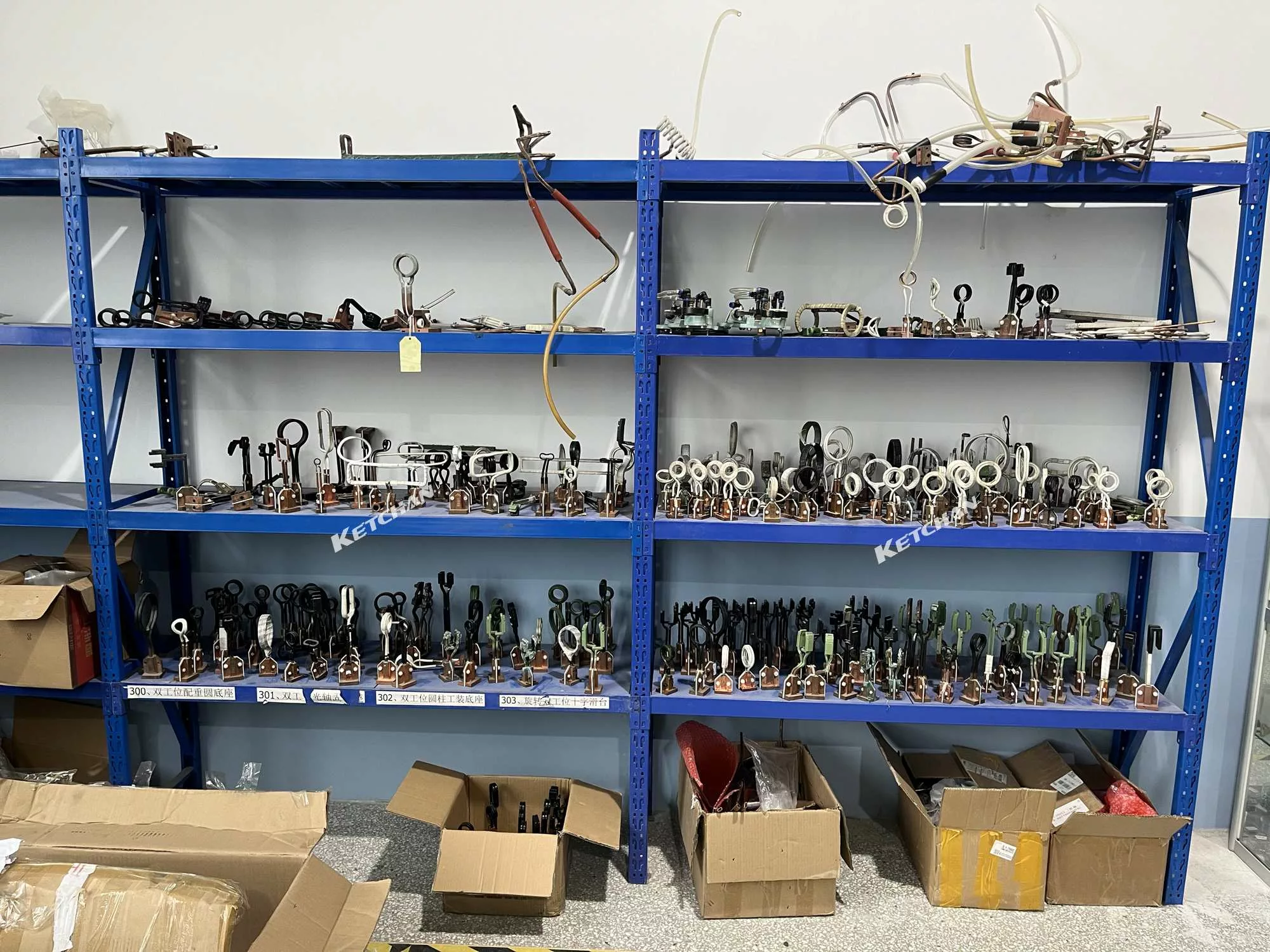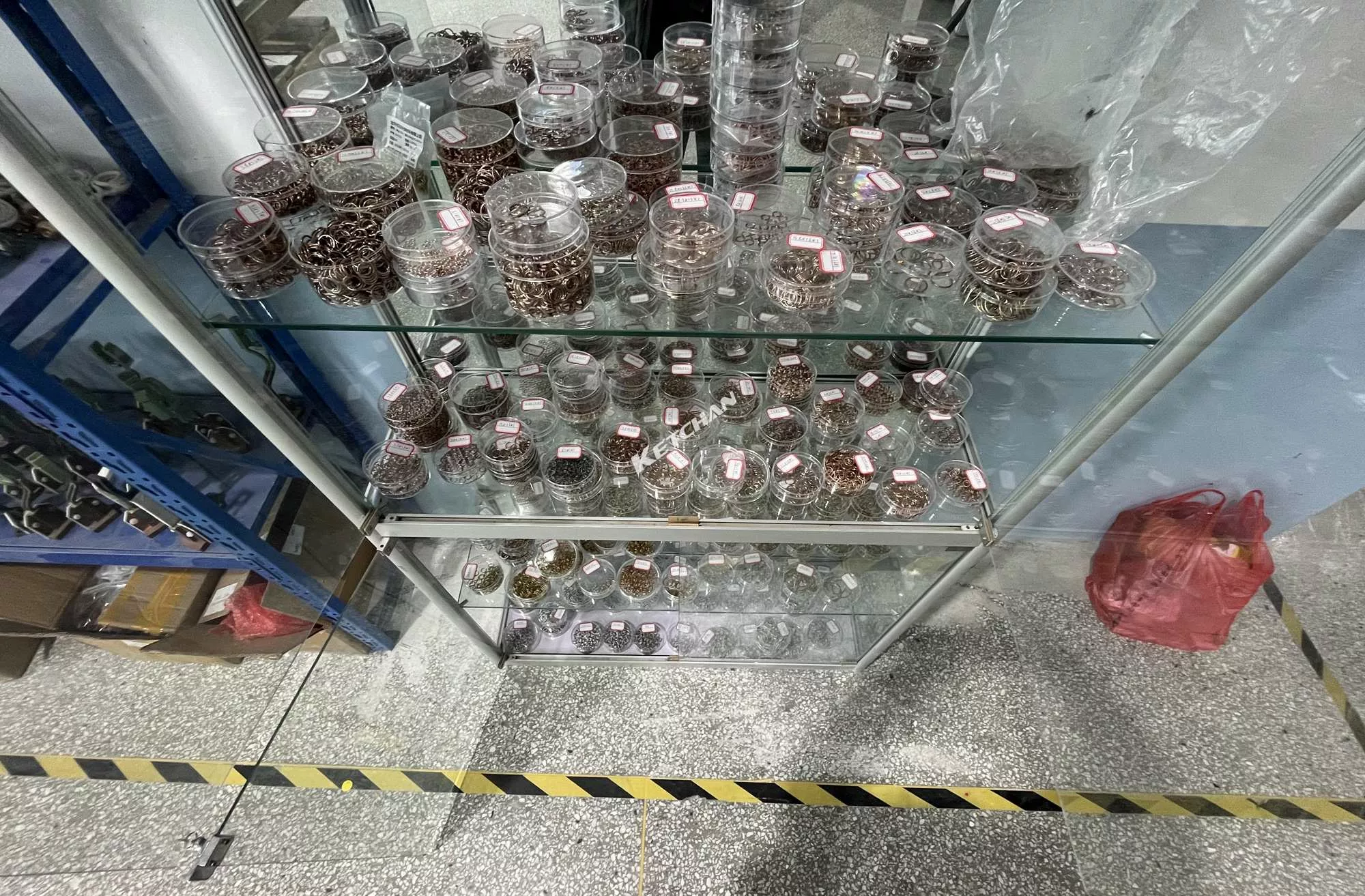KETCHAN‘s engineers have sorted out and summarized some practical problems in the project after long-term contact with customers. The general issues that customers are concerned about include the following.

Q: The induction coil looks so simple, we can make it ourselves.

A: In fact, the induction coil is not as simple as you think. First of all, I have to admit that the shape of the inductor is determined by the appearance of the product. But this is only the most basic. The sensor is the output core of the induction heating power supply. It is difficult for an unqualified induction coil to ensure that the power supply can output the best performance. The number of turns, size, materials used, cooling method, and water pressure of the sensor are all factors that affect the effect of the inductor. The design process of an inductor should first design a rough shape based on the shape of the workpiece, and then design the shape details of the inductor based on the impedance matching coefficient. Then we need to conduct a heating simulation on the computer based on the material and shape parameters of the product (This one point is a process that is ignored by the majority of users, especially when it comes to special-shaped workpieces. If we do not conduct simulation experiments on the inductor, we can only get half the result with half the effort if we just rely on experience and feeling, because “just do it” without a theoretical basis. “A try” is really inefficient.)
The last step is to make the inductor, so making the induction coil is not as simple as you think. Unless you have rich experience and have designed countless inductors, the shortcut is to go directly to a professional for design!
Q: We can handle the tooling fixtures ourselves, you don’t need to do them.
A: In the above, we have analyzed the impact of tool positioning on induction brazing. Due to the particularity of induction brazing, the requirements for tooling fixtures are particularly high. If you know something about induction brazing and have previous or current experience with induction brazing, I believe you can design a particularly suitable tooling fixture. If you have never been exposed to induction brazing before, I still advise you to let us do it, because we have more experience than you and our charges are very reasonable.
Q: Isn’t there a lot of solder available online? Why do you have to recommend me to use this?

A: Induction brazing is a system. Problems in any part of the system may lead to welding failure or poor welding results. In the current induction brazing process, especially in the welding of aluminum parts, solder, and equipment account for a large weight. Why some processes are difficult to break through is limited by breakthroughs in solder technology. The development of solder from strip-shaped to ring-shaped solves the problem of product clamping and production methods, taking the first step toward soldering automation. Low-temperature aluminum solder makes induction brazing of aluminum parts a reality, and continued breakthroughs in solder technology have gradually upgraded the brazing process, making brazing increasingly simpler. With the emergence of liquid solder, the production method of soldering has been directly changed. Liquid solder breaks the limitation of solder joint size and brings unlimited possibilities to induction soldering automation. Finally, let’s return to the current state of the art. For induction brazing of aluminum metal, the solder will directly affect the brazing effect. It is worth mentioning that for solders from different manufacturers, solders with different specifications, different batches, or different storage conditions will have different welding effects in the end. This is why some products have good welding results during our process, but when customers use their solder, the results are not as good as the experimental results. Therefore, we recommend users use the recommended solder to achieve the best soldering quality of the product.


Q: Want us to increase our budget? No, we don’t need a chiller!
A: For induction brazing, circulating cooling water is an important way to cool down the equipment. When the induction heating equipment is working, the induction coil will generate a large amount of heat due to the thermal radiation of the workpiece and some of its components. If this part of the heat is not taken away in time, it will be inevitable that the sensor will be burned or the machine will be damaged. According to our actual engineering project experience, more than 90% of equipment failures are caused by cooling water failure. Therefore, we recommend the use of a chiller. The chiller is a closed circulating water system that can cool the equipment to ensure that the induction heating power supply always operates at a safe temperature. To save costs, some users use external water sources to cool down the equipment. Although this method is feasible, the external water source is likely to have some other debris. The debris entering the inside of the machine will block the water pipes, causing water blockage, so that the heat generated by the equipment cannot be taken away in time, which will damage the equipment or reduce the equipment over time. service life. Therefore, although the use of a chiller will increase investment in the early stage, it will provide a good guarantee for the machine itself during use. Therefore, I still recommend that qualified users choose a chiller.
Q: Can the brazing time be shorter?
A: The customer who asked this question, I know that you must pay attention to efficiency, but I can only say that in the brazing process, the shorter the welding time, the better. We all know that the main processes in the welding process include temperature rise, solder melting, and solder penetration. and several important processes such as insulation. The temperature requirements in these processes are all different. If we compress the welding time, the solder will not melt enough, and the welding penetration and surface accumulation will make it difficult to meet the welding process requirements. Does this mean that our efficiency cannot be improved? The answer is no. There are many ways to improve production efficiency, but the prerequisite for all efficiency improvements is to ensure the quality of welding. It is a big misunderstanding if we give up quality to talk about efficiency. We can improve efficiency by adjusting the production rhythm, improving the production efficiency of individual personnel, and optimizing the production process. The practice has proved that the use of single-person operation of double-station equipment is the most efficient production method. So I can only say that time cannot be saved, but efficiency can also be improved!
Not finding the answer to your induction brazing question?
Please visit our Induction Brazing Application Center or view our YouTube channel listings.
